Home>Ideas and Tips>How To Keep Your Home Clutter-Free
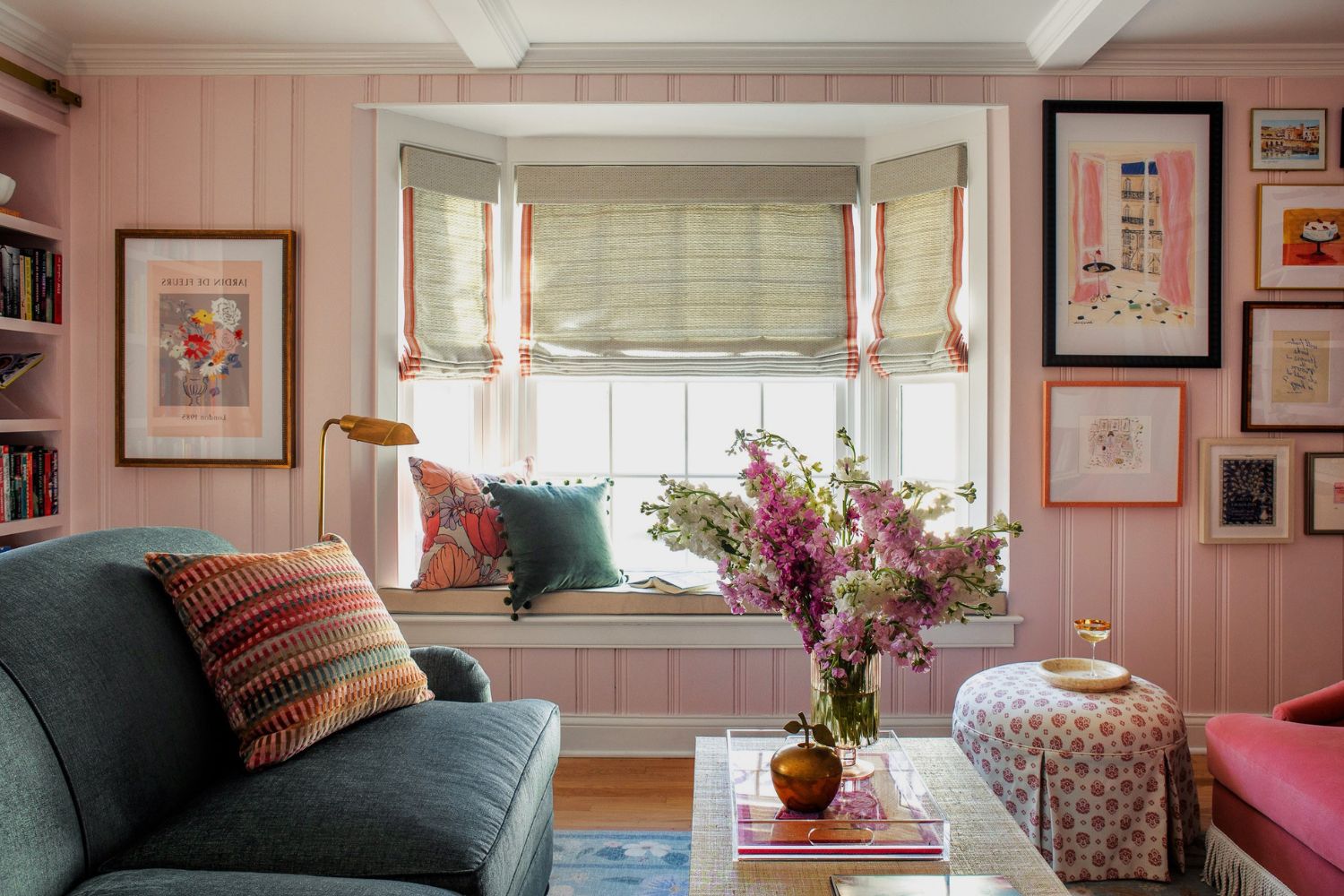

Ideas and Tips
How To Keep Your Home Clutter-Free
Published: November 2, 2024
Learn effective strategies and practical tips to maintain a clutter-free home, creating a stress-free and organized living environment.
(Many of the links in this article redirect to a specific reviewed product. Your purchase of these products through affiliate links helps to generate commission for Storables.com, at no extra cost. Learn more)
Maintaining a clutter-free home is not just about aesthetics; it also contributes to creating a stress-free and organized living environment. Achieving this kind of home requires proactive efforts and a systematic approach. In this article, we will discuss successful strategies, practical tips, and step-by-step processes to help you keep your home tidy and organized.
Decluttering: The First Step to a Clutter-Free Home
Before implementing any organization system, it is essential to declutter your home. Decluttering involves removing items that are no longer needed, useful, or bring joy. Here are some ways you can declutter your home:
Approach One Room at a Time
To avoid feeling overwhelmed, begin with one room at a time. This approach helps you focus on a specific area and make significant progress without feeling like you're tackling an entire house at once. Categorize items into three groups: items to keep, items to donate/sell, and items to discard. Ensure you are decisive in your decision-making process so that unnecessary items do not take up space.
The KonMari Method
Follow Marie Kondo's approach by evaluating each item based on whether or not it sparks joy. Start with categories like clothing, books, and sentimental items before moving on to larger categories. This method encourages you to hold each item and consider if it brings you joy or serves a purpose. If not, it's time to let it go.
Maximizing Space through Effective Storage Solutions
Step 1: Assess Your Storage Needs
Consider the belongings you intend to keep and evaluate your storage requirements accordingly. Also, consider the available space in each room and determine if additional storage options like shelves, bins, or cabinets are necessary. Lastly, utilize vertical space and under-bed storage and closet organizers to maximize storage capacity.
Step 2: Clear and Organize
Before implementing new storage solutions, clear out storage areas such as closets, cabinets, and drawers. Remove all items from these spaces, thoroughly clean them out, and sort through their contents. Group similar items together while getting rid of any redundant or expired ones.
Step 3: Optimize Storage Spaces
Invest in storage solutions that meet your needs and your home’s aesthetics. Use clear storage bins for easy visibility, label containers for quick access, and use drawer dividers to organize small items. This step ensures that your storage solutions are both functional and visually appealing.
Establishing Daily Habits for Organization
Maintaining a clutter-free home requires consistent effort. Here are some daily habits that can help you keep your home organized:
Step 1: Creating a Cleaning Routine
It is important to designate specific days or times for routine cleaning tasks. These tasks can be divided into daily, weekly, and monthly categories. For example:
- Daily Routine: Making beds, washing dishes, clearing countertops and furniture.
- Weekly Tasks: Vacuuming, dusting, changing linens.
- Monthly Tasks: Decluttering specific areas or engaging in deep cleaning sessions.
Read more: Steps For An Organized, Clutter-Free Garage
Step 2: Practicing the “One In One Out” Rule
Adopting the “one in, one out” rule is highly recommended to prevent clutter from accumulating whenever you bring a new item into your home. Make sure to remove an existing one whenever you introduce a new item. This practice encourages mindful consumption and helps maintain a balanced and clutter-free environment.
Step 3: Tidying as You Go
Make it a habit to incorporate small tidying habits into your daily routine after using an item. Ensure it is returned to its designated place. Tidy up after meals and encourage all household members to do the same. Emphasize the importance of maintaining a clutter-free space as a collective effort.
Regular Maintenance and Deep Cleaning for a Decluttered Home
In addition to daily habits, periodic maintenance and deep cleaning sessions are crucial in achieving a clutter-free home.
Seasonal Decluttering
Every few months, take some time to reevaluate your possessions and declutter accordingly for a minimalist home. Properly store out-of-season items to free up space and maintain a clutter-free environment.
Read more: 5 Practical Tips For A Clutter-Free Entryway
Deep Cleaning Checklist
Create a comprehensive deep cleaning checklist for each room in your home. Start doing tasks such as wiping down surfaces, cleaning windows, and organizing cabinets. Set aside dedicated time for these deep cleaning sessions and consider enlisting help for more extensive tasks.
Consider Professional House Cleaning Services
If maintaining a clutter-free home becomes challenging due to time constraints or other commitments, professional assistance should be considered. Services like NW Maids offer reliable and efficient cleaning solutions tailored specifically to your needs.
Managing Clutter with Young Kids
Keeping a home clutter-free with young kids requires additional strategies to manage toys and clothes effectively.
Regularly Donate or Store Clothes and Toys
As soon as your youngest outgrows certain toys or they stop challenging them, don’t be afraid to store them for the next baby or donate them to someone else. Use large clear storage bins that stack nicely and are sealed tightly to store outgrown clothes and toys. This helps keep main living areas clutter-free and makes it easier to manage what fits and what doesn’t.
Don’t Allow Closets to Become a Dumping Ground
Let’s face it; our bedroom closets typically aren’t seen by anyone but us, so it can be really easy to let clutter pile up in them until it reaches an unmanageable level. However, clutter usually attracts more clutter. Keeping closets organized by storing most items in fabric bins within shelving units helps maintain minimalism and prevents overspending on unnecessary items.
Keep Toys on Rotation
This strategy involves sorting various types of toys into fabric bins stored in the closet organizer and pulling out one bin every few days that then stays out for playtime. This approach keeps the toy chaos under control by limiting the number of toys available at any given time, making it easier for children to engage independently with fewer choices.
Set Physical Parameters for What Toys They Actually Get to Keep
Setting physical parameters for what toys are kept helps manage clutter effectively. For example, limiting stuffed animals to a reasonable number prevents them from taking up too much space and keeps clutter at bay.
Decluttering with Mindfulness
Decluttering your home with mindfulness involves being present and intentional about the items you keep and discard.
What is Mindfulness?
Mindfulness is about being fully engaged in the current moment while letting go of distractions or judgment. When applied to decluttering, mindfulness supports you through every step of the home organizing process by ensuring you take breaks when needed and reflect on your progress.
Decluttering Your Home with Mindfulness
Decluttering your home is sacred work because each object has a unique relationship with you. However, some objects may have outlived their usefulness or no longer bring joy. Being gentle and compassionate with yourself as you work through unsettling feelings is crucial during this process.
Mindfulness is a Decluttering Asset
Mindfulness will support you through every step of decluttering by ensuring that you take breaks when hungry, thirsty, or ready for rest. When feeling overwhelmed, taking a few deep breaths or changing activities for a period can calm you down.
Integrating Mindfulness into Decluttering Sessions
Start decluttering sessions with a brief meditation and take breaks as needed during each session to pause and reflect on progress. Encourage the entire household to envision how they would like to feel in each space and what they would like to do there. This collective effort helps maintain a clutter-free environment.
Room-by-Room Guide to Decluttering
Decluttering one room at a time can be an effective strategy because it keeps efforts contained within a relatively small space. Here’s how you can approach decluttering each room:
Kitchen
- Strip Back Shelving: Remove old cookbooks, dusty plant pots, mismatched wine glasses.
- Clear Kitchen Sides: Find new homes for items like house and car keys. Get rid of documents and bits of paper that consistently hang around.
- Clean Cupboards: Wipe down surfaces inside cupboards and dust shelves.
- Bottom of Stairs: Avoid leaving items here; it’s safer and less cluttered.
Living Room
- TV Unit: Pull out all items from the TV unit like DVDs, cables, chargers, games console accessories, games, board games, and kid's toys.
- Surfaces: Clear surfaces like window sills where junk and rubbish tend to be placed.
Home Office Space
- Desk: Get rid of old pens that don’t work, filled notebooks (assuming they have no important information), crockery or kid’s toys that may have found their way to your workstation.
- Drawers: Dispose of old tech like cables, extension cords, broken headsets, batteries, mouse devices or dead printer cartridges correctly.
Conclusion
Maintaining a clutter-free home requires consistent effort and a systematic approach. By decluttering one room at a time using effective storage solutions like vertical storage wall-mounted racks and floating shelves, you can maximize space while keeping your home organized. Establishing daily habits such as creating a cleaning routine and practicing the “one in one out” rule helps prevent clutter from accumulating in the future.
Regular maintenance through seasonal decluttering sessions ensures that out-of-season items are properly stored away while deep cleaning checklists help maintain cleanliness throughout the year.
For families with young kids managing toys effectively through rotation strategies helps keep toy chaos under control while setting physical parameters for what toys they actually get to keep prevents clutter buildup.
Finally integrating mindfulness into decluttering sessions supports you through every step by ensuring breaks are taken when needed while reflecting on progress collectively helps maintain a clutter-free environment.
By following these strategies tips provided here you can establish serene well-organized home environment which promotes peace order throughout entire household ensuring everyone enjoys living space free from unnecessary stress caused by clutter accumulation over time
Was this page helpful?
At Storables.com, we guarantee accurate and reliable information. Our content, validated by Expert Board Contributors, is crafted following stringent Editorial Policies. We're committed to providing you with well-researched, expert-backed insights for all your informational needs.
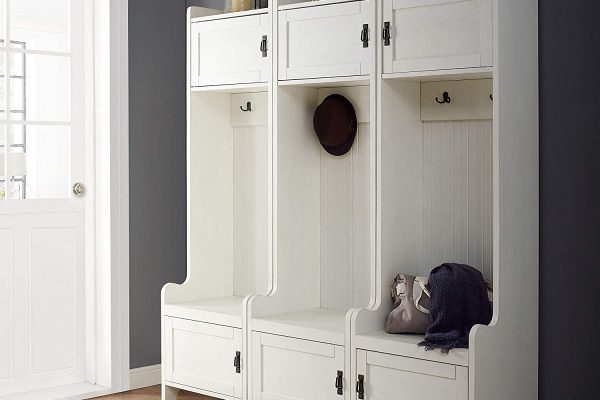
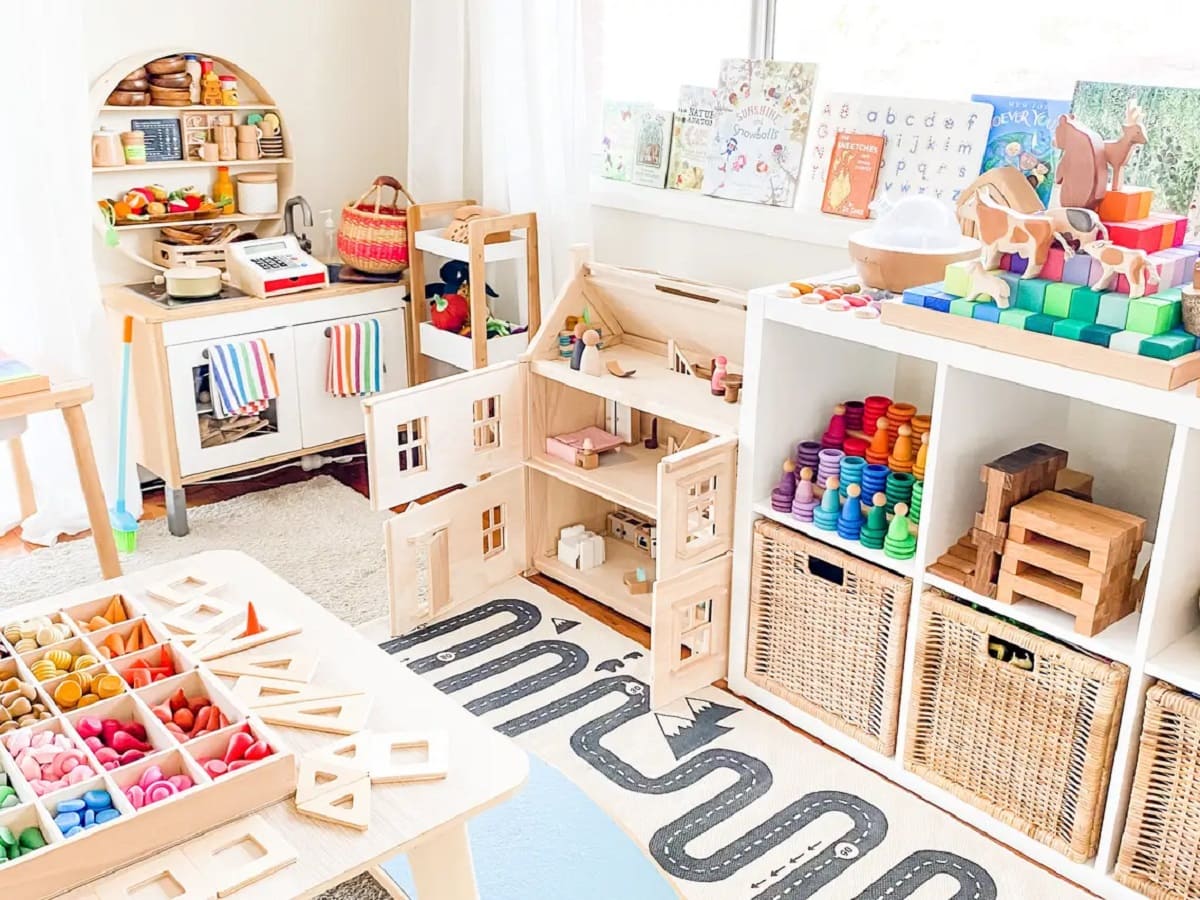
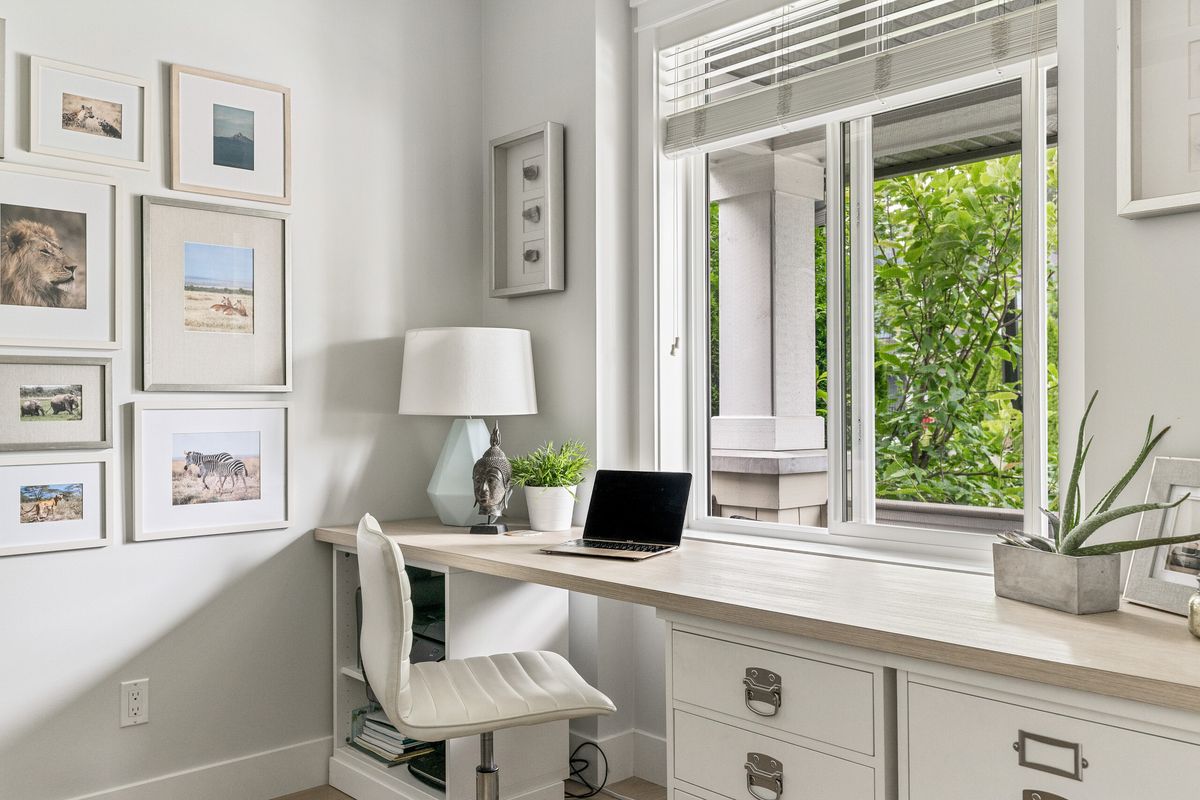
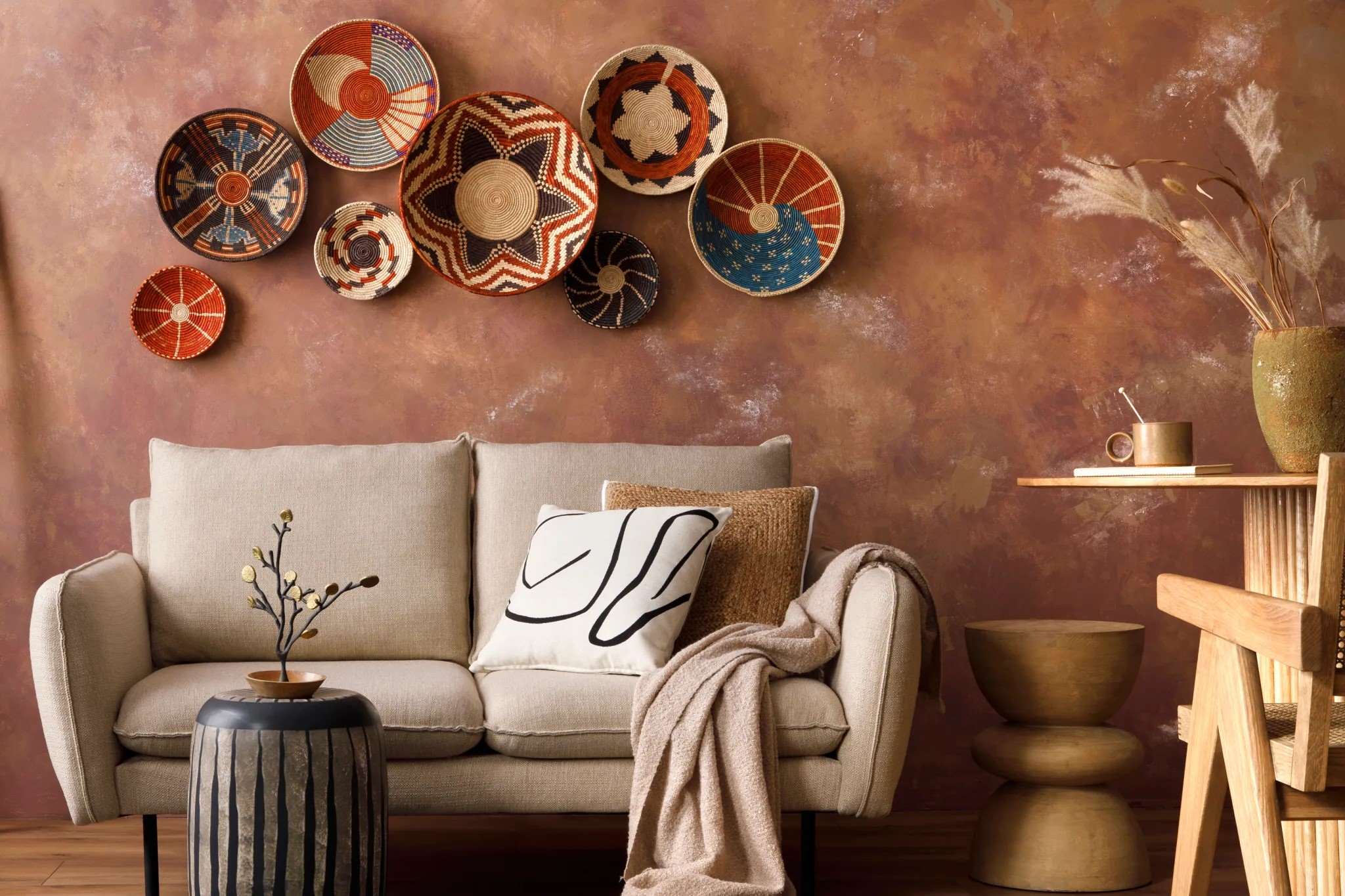

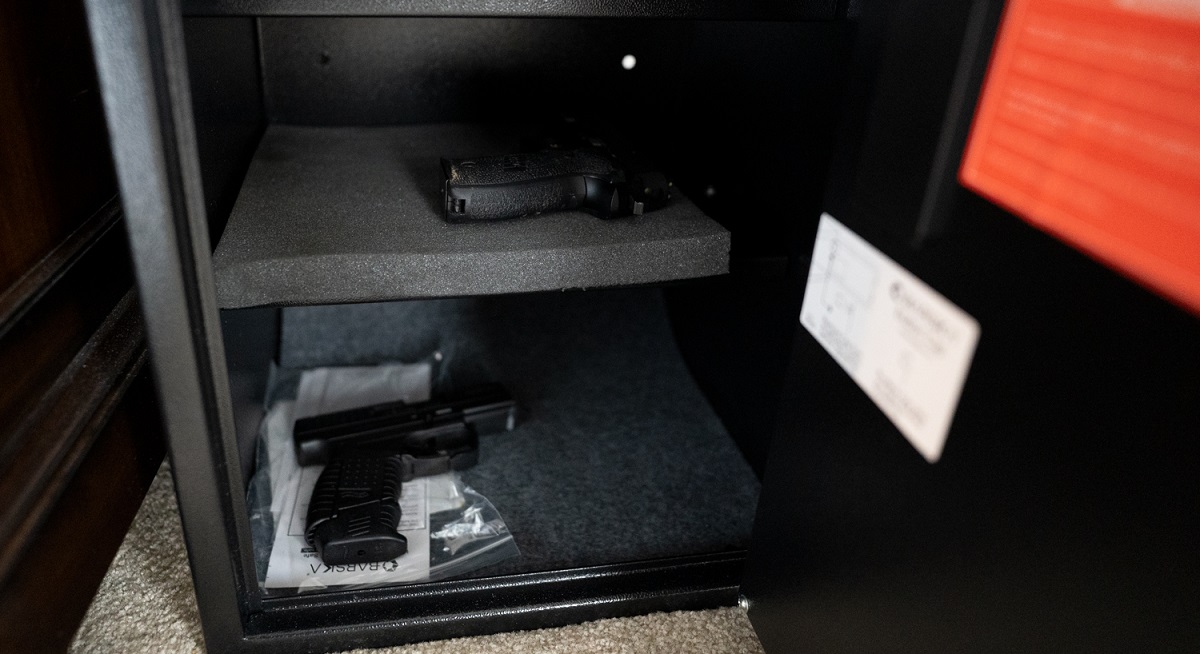
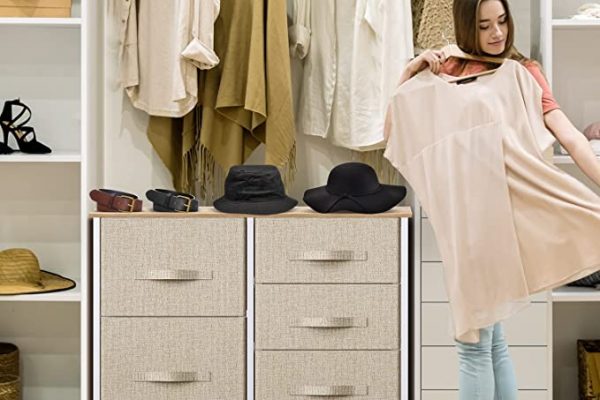
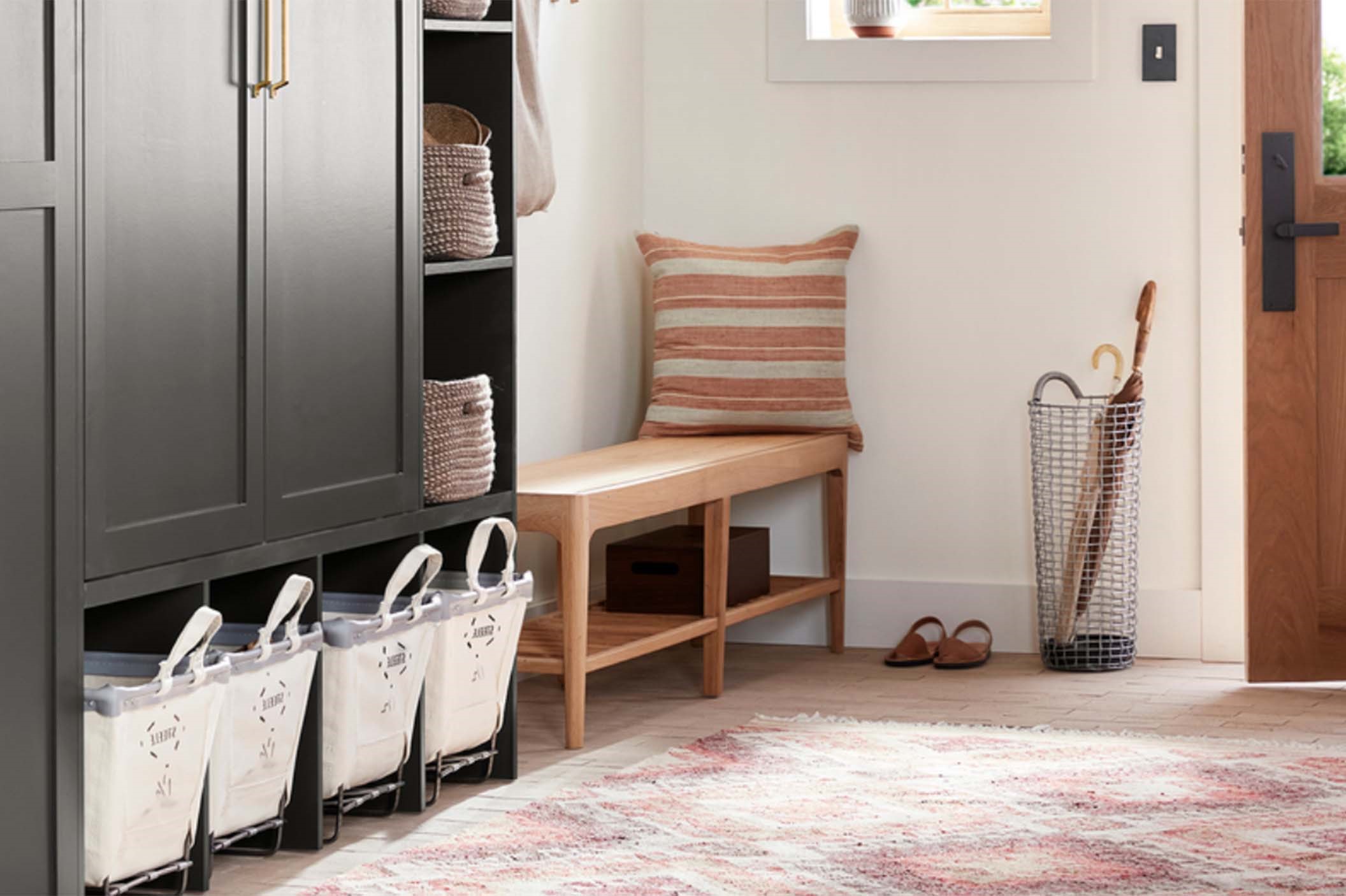

0 thoughts on “How To Keep Your Home Clutter-Free”